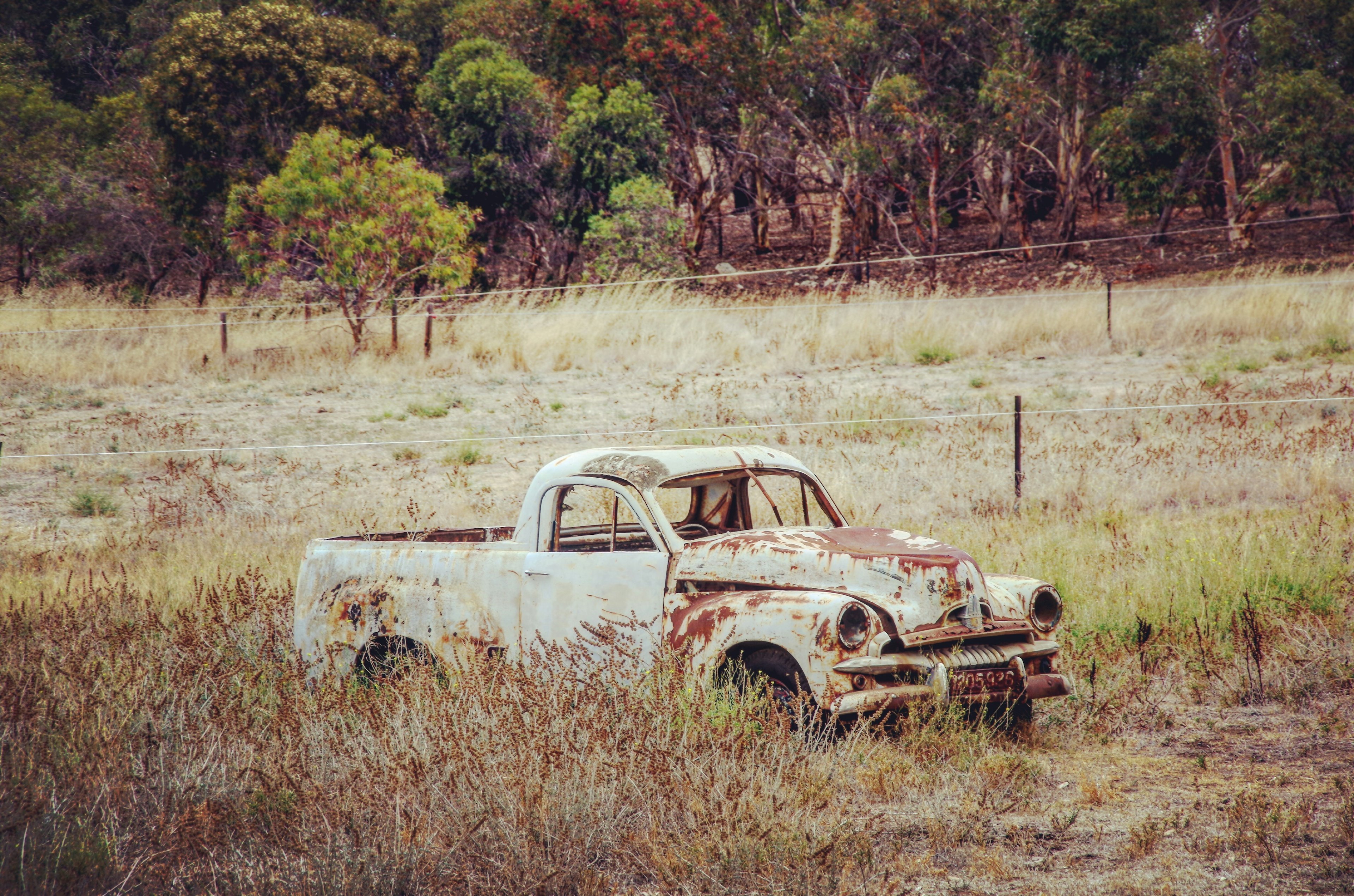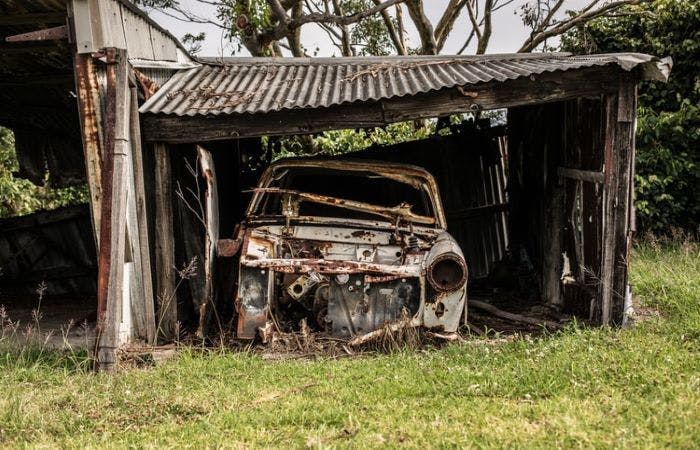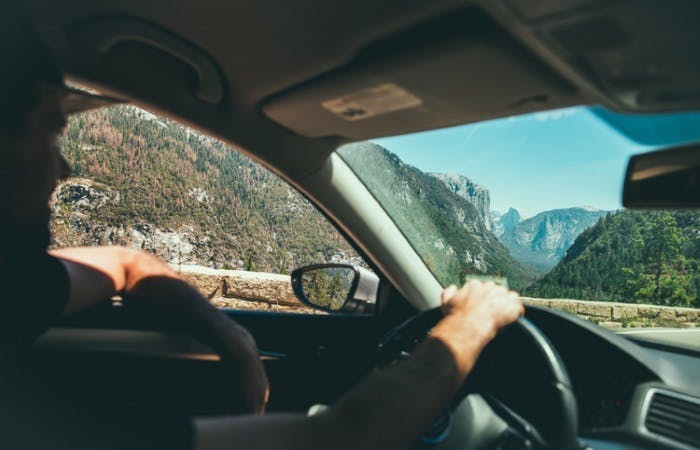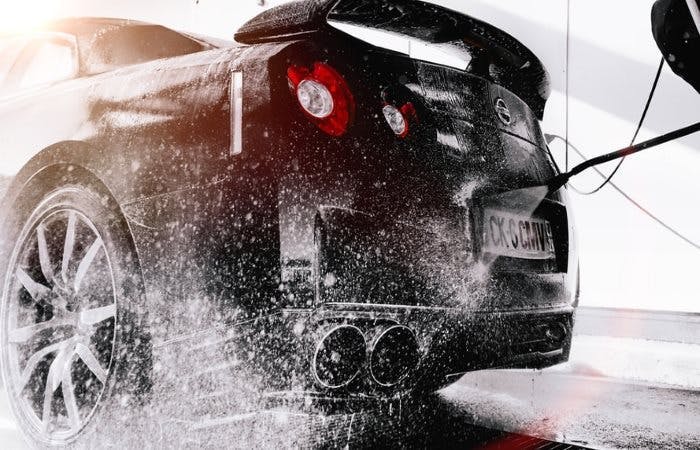
With the amount of money that we end up spending on cars, you would think that we'd be a bit more careful with how we treat them. After all, they give us the freedom of the road. Without them, we'd be stuck with public transport! Of course, whilst we might have the best of intentions with our cars, it doesn't always work out. Before we know it, the scrapes and weird noises start to build up and our local garage is telling us that our car needs to be written off. If you'd like to avoid car wear and tear, however, there are a few steps you can take.
We're going to take you through the best ways you can help your car last longer. From bad driving habits you need to get rid of to general safety tips and advice, we've got you covered.
Be aware of your surroundings

Believe it or not, most of the damage that's inflicted on our cars is due to our own lack of awareness on the road. So, if you don't fancy driving a car that has a billion dents and scrapes, we'd suggest you try to get those hazard perception skills of yours back into gear. Dangers lurk everywhere on the roads, so you need to keep your eyes peeled!
Potholes
If you're driving in the UK, you'll undoubtedly be familiar with the wonders that are potholes. Nothing's quite as thrilling as the jolt and terrifying clang as you drive into one that almost definitely was not there when you last looked. All jokes aside, potholes can inflict terrible damage to your car if you're not careful. So, what are they exactly? Potholes are created when moisture gets trapped in the cracks of the road. When it gets cold enough, the moisture freezes, expands and creates a pothole. These delightful road features get bigger every time an unsuspecting driver steers their vehicle over them.
If you hit a pothole, you could cause damage to your tyres, suspension and exhaust pipe. In fact, according to the RAC, “a third of all recorded vehicle damage is as a result of potholes.” It's fairly clear, then, why you should avoid driving over a pothole when possible.
When driving, keep taking a quick look at the road ahead to see if there are any potholes. If you see one, try to swerve slightly past it. It's important to note that you should only do this if it won't affect other road users. If taking action means driving into oncoming traffic or moving in the way of cyclists and pedestrians, then you shouldn't do it.
Speed bumps
Though it might seem obvious to point out, speed bumps are designed to force drivers to slow down in areas that require lower speeds. Of course, despite how clear this might be, many drivers continue to drive over speed bumps without lowering their speed at all. If you're in the habit of doing this, you could cause damage to the front, underside and rear of your car. So what should you do when you see one coming up? Reduce your speed of course! Trust us, you're not in that much of a rush.
Road positioning
If you've been driving your car for a few years now, you'll be pretty familiar with its size and how much space it takes up on the road. If you've recently switched cars, however, you might find yourself picking up more scrapes on your daily commute than usual. If this is the case, you'll want to maintain an awareness of your position on the road. Are you too close to parked cars? Is there enough room for you to squeeze into that parking spot? It's always best to err on the side of caution.
Similarly, you should take great care when completing manoeuvres. If your timing is off or you forget your observations at the wrong time, you could end up with serious damage. If you're a bit shaky with manoeuvres, we can walk you through them with our handy step-by-step guides:
Iron out those bad habits

When we start learning to drive, we're hyper-vigilant in paying attention to all of our driving habits as we attempt to meet our instructor's high expectations and impress our driving examiner. Once we start driving unsupervised, however, we begin to pick up bad driving habits. Fortunately, all habits can be improved!
Braking
If you like to live life in the fast lane, you might find yourself having to slam on the brakes a little too often. Unfortunately, this can wear down your brake pads. If you don't fancy having to fork out for new ones, we'd suggest you start planning ahead when you drive.
Look at the road ahead and check to see if there's anything that will require you to reduce your speed. Whether it's traffic lights, the vehicle in front of you coming to a stop or an obstruction on the road, it's important that you reduce your speed slowly. Be gentle with your brakes and they'll last a lot longer.
If you keep forgetting—or need some heavy motivation—you might want to look into getting black box (telematics) insurance. It will monitor your driving habits, e.g., braking patterns, and, depending on your behaviour, will either reward you with insurance discounts or hike up your premiums. It's certainly a good way of forcing yourself to pick up safer driving habits!
Speeding
As with your brake pedal, you need to be very conscious of how you use your accelerator. Instead of putting the pedal to the metal when you're setting off at traffic lights, try progressive acceleration instead. The harsher you are with the accelerator, the more fuel you're wasting. If you're going too fast, you'll end up having to slam down on your brakes harder. In short, try to be a bit smoother with your driving style.
Speeding isn't just damaging to your pedals and car in general—it's also a common driving offence. If you're caught, and aren't offered a speed awareness course, you could get slapped with a fine, penalty points or disqualification from driving.
Clutch
You might be sensing a bit of a theme by this point. As with your other pedals, your clutch pedal requires more care than many drivers give it. For starters, if you're in the habit of using your clutch and biting point to wait at traffic lights, rather than engage the handbrake, you need to switch things up. Excessive use of your clutch pedal can wear it down.
Additionally, simply resting your foot on the clutch pedal could mean that you're unknowingly engaging it when you shouldn't be. So, when you're not using the clutch, rest your foot on the left-hand side.
Trust us: when it comes to your pedals, a little care can go a long way. The better you treat your car, the less money you'll have to spend on replacing parts.
Take better care

All car owners will be aware of how temperamental their vehicles can be. If you make the effort to take care of it, though, it'll pay off hugely in the long run.
Maintain your car
Stay on top of inspections
Frequent inspections of your car are a must. We'd recommend taking a good look at your car at least once a month. If you notice any warning lights flashing or strange noises, for example, you need to get your car looked at ASAP. Try to walk around your car slowly and keep an eye out for scrapes or dents. Check each tyre individually—look for cuts, bulges and make sure their pressure meets your car's recommended PSI. (You will find this information in your vehicle's handbook.)
Clean your car
You will also want to stay on top of cleaning your car. Though it might be a bit time-consuming, it's still worth doing. Dirt can build up quickly, and it could potentially cause corrosion and wear on any moving parts. Try to pencil it in at least once a month.
Don't avoid getting it looked at
Whilst we understand wanting to put off a repair job until payday or when you're free, that minor problem could become major if you wait too long. Even if you're not sure whether something's a serious issue or not, it's worth having a professional take a look instead. If you leave it, you could end up breaking down or failing your MOT.
Don't run on fumes
Though you might be curious as to how long you can go without filling up your car, it's really not worth it. If your fuel gets too low, your car will take the fuel from the bottom of the tank instead. This will usually be full of contaminants. If this builds up, it can block your fuel filter and cause serious damage to your engine.
To avoid this, always make sure you've got a sufficient level of fuel. After all, while the cost may seem steep, the cost of repairing your car is far higher! Instead of relying on the dregs in your tank, use our top 10 ways to save fuel when driving for some truly useful tips that'll help you to last a bit longer than usual.
Use the right gear
If you're a bit of an impatient driver, often moving up a gear before you're actually driving at a speed that requires it, you could cause unnecessary strain to the engine. Similarly, if you're using too low a gear, your engine will practically start screaming at you. It's important that you pay attention to the sounds your engine is making. If you ignore them and continue to use the wrong gears when driving, you'll cause unnecessary wear and tear to the engine.
Be sensible

So, you've gotten rid of your bad driving habits and you're maintaining your car like it's made of gold. What else could you possibly do to avoid car wear and tear? Well, our last lot of tips revolve around you being a bit more sensible with your driving choices.
Avoid overloading your car
If you've overdone it with your essential car items and packed your boot to the brim, you might have noticed a change in how your car feels when driving. That's because the more weight you carry in your car, the more strain your engine is under. It can also make it difficult to brake quickly. Every car has a 'maximum authorised mass'—that is, the absolute maximum it can carry. You can find your vehicle's MAM in your vehicle handbook.
So, if you're going on holiday, or simply enjoy carrying around a lot of luggage in your car, you need to check that you're not exceeding your MAM.
Don't drive in extreme conditions
Unless you're properly prepared—using winter tyres or snow chains—you shouldn't really take your car out in extreme winter conditions. If you're not careful, your tyres could lose their grip in the snow or ice and have you careering into traffic. If you do find yourself needing to venture outside in harsh weather, use public transport if you're not willing to prepare your car properly.
If you're travelling abroad and taking your car, make sure you sure you have a look at the driving laws there. In certain places, such as Sweden and Germany, you're legally required to fit your car with winter tyres in order to combat the extreme conditions. If you ignore these rules, you could be slapped with a hefty fine.
Combine journeys
One of the best ways to avoid car wear and tear is to reduce how much you're actually using your car. Obviously, we're not saying that you should just stop using it in order to keep it in pristine condition. That being said, by combining your smaller journeys, you can reduce the amount of fuel you're using.
Additionally, some car engines require more time and distance to actually warm up. If you're only on a short journey, the oil won't have time to heat up by the time you reach your destination. Frequent short journeys can therefore lead to a higher chance of wear and tear—so, try to combine them if you can.
Subscribe for driving advice, offers & more
We'd love to let you know about our courses, news and offers via email. You may unsubscribe at any time.
Star Genie Limited trading as PassMeFast. Company number 10093359
Copyright © 2024 owned by Star Genie Limited
PassMeFast, Blue Tower, MediaCityUK, Salford, M50 2ST

